

Golf Info Guide The Key Principles Vol 11
This book (now available in Paperback and eBook) offers PGA teaching pros explaining golf's key principles including the meaning of the most important golf terms, how it applies to each aspect of the game, and how to apply it correctly to your game.
Golf is a sport that's often perceived as being difficult and requiring much skill, but professional players and instructors know there are certain key principles that will greatly benefit the game of any player. This guide dives into those principles, so you the Golfer can identify, and improve problem areas in both your long and short game. In this book, PGA teaching pros take you step-by-step through each principle, explaining in detail how to apply each one to the improvement of your game… with insightful suggestions, drills, and helpful photos/illustrations.
Golf is a challenging sport that can be played by people of all ages and abilities, but the golf swing can be tough to master. It is normal to have some aspect of your swing that needs work, nearly everyone does. Just by making a few adjustments, you can make significant changes to your swing path, lengthen or strengthen your drive, improve shot accuracy, and so much more.Please Click Here >
Contents Introduction
Chapter 1: Hit it High
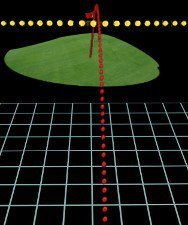
“Learning to control the height of your golf shots is one of the biggest steps you can take as a golfer.”
Chapter 2: Low Shots

“When you keep the ball down low to the ground, you are able to avoid the wind to a large degree, and you will usually be able to keep the ball online as well.”
Chapter 3: Chipping Ailments
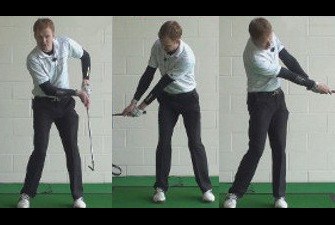
“Golfers who pick, and then hit, landing spots for all of their chip shots will be a big step ahead of the game.”
Chapter 4: Varying Sand Conditions
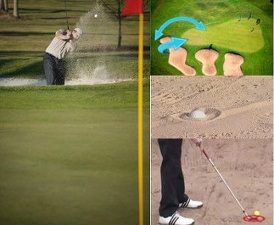
“The sand's texture has a major effect on how the ball behaves coming out, so you need to know how to play under different conditions.”
Chapter 5: Elevation Changes
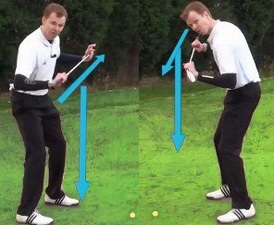
“As a general rule, one yard of elevation change (up or down) equals a yard of distance.”
Chapter 6: Alternatives to Chipping
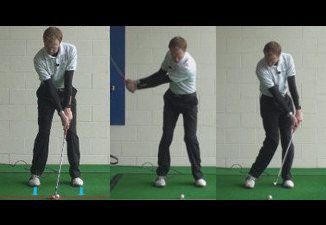
“Chipping requires the golfer to hit down and make contact with the ball before the ground.”
Chapter 7: Soft Lie

“If there's anything worse than a rock-hard lie, it's a super-soft lie.”
Chapter 8: “Blow-Up” Holes
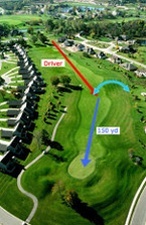
“There are several ways to minimize blow-up holes, if not completely eliminate them.”
Chapter 9: Up-And-Down
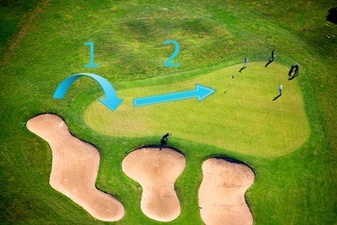
“For all the obsession with bombing the ball off the tee, there's no substitute for great chipping, pitching, and bunker skills.”
Chapter 10: Get Over A Bunker
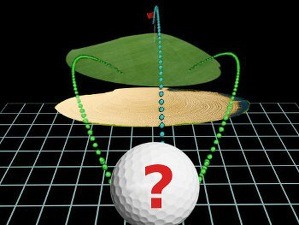
“Every shot you hit during the course of a round of golf should be properly planned, and this kind of shot is certainly no different.”
Chapter 11: Between Clubs on Approach
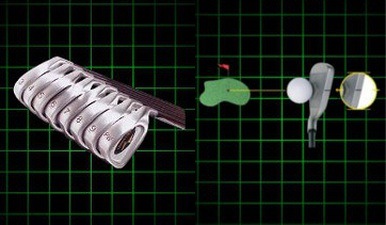
“How many times did you face an approach to the green or a tee shot on a par 3 where the yardage exactly matched the distance you typically hit a particular club?”
Chapter 12: Bunker Shots Made Easier
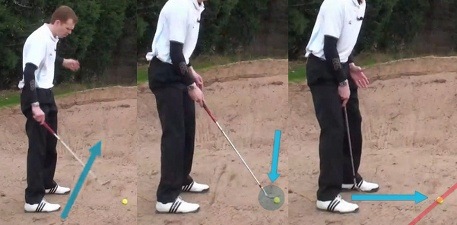
“The greenside bunker shot is the most unpredictable situation golfers face during a normal round.”
Chapter 13: Deep Toe Or Heel Divots
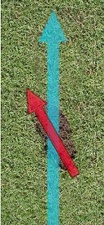
“If you are finding the divots are deep then this is first an indicator of too steep an angle of attack.”
Chapter 14: The Shocking Shank
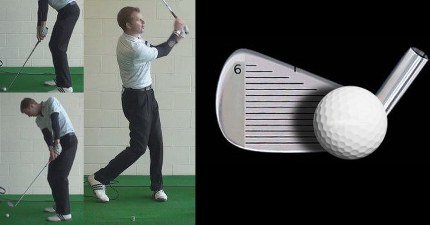
“A shank occurs when the ball strikes the club's hosel – the part where the shaft and head connect – and darts almost directly to the right (left for a lefty).”
Chapter 15: Missing Short Putts

“No golfer, the world-class player included, is immune to the occasional miss from the so-called
“gimme
” range.”
Chapter 16: Arms-Only Swing

“Without adequate hip movement, the upper body controls the swing.”
Chapter 17: Blocked Shots, Part I

“When the hips slide laterally on the downswing or turn too rapidly to the left (for a righty), the shoulders and arms lag behind.”
Chapter 18: Blocked Shots Part II

“Taking the club back too far inside the target line sets you up to return it to the ball on an overly inside path, and prevents the hips from rotating to match the shoulders.”
Chapter 19: Tuck the Shirt Sleeve

“When a golfer's left elbow buckles outward (toward the target) after impact, the result is a “chicken wing.”
Chapter 20: Chipping “Yips”
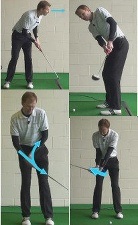
“The yips – a jittery jab or weak prod causing golfers to miss short putts – afflict many players’ chipping as well.”





